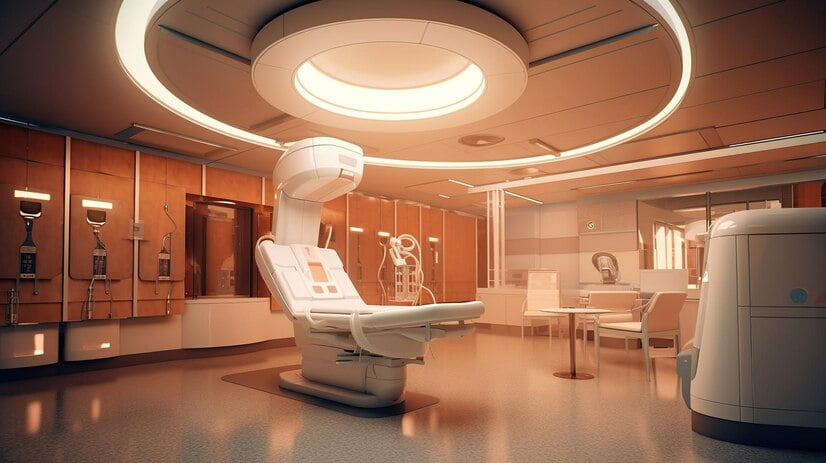Digital dental X-rays have revolutionized dentistry, offering numerous advantages over traditional film X-rays. Let’s delve into what makes digital X-rays superior and how they improve dental care.
Understanding Digital Dental X-Rays
Digital dental X-rays, also known as digital radiographs, utilize electronic sensors to capture images. They come in various types:
Intraoral Sensors: Placed inside the mouth, these sensors capture detailed images of teeth, bone, and soft tissues, aiding accurate diagnosis.
Extraoral Sensors: Used externally, they scan larger areas like the skull and jawbones, providing comprehensive views of oral structures.
Phosphor Storage Plates: Reusable plates temporarily store latent images before digital processing.
Digital sensors directly convert X-rays into digital data, viewable on a computer for easy storage and retrieval—a significant improvement over traditional film X-rays.
Benefits of Digital Dental X-Rays
Digital radiography offers many benefits that significantly enhance the efficiency and effectiveness of dental care. Digital radiography offers several benefits:
- Reduced Radiation Exposure: Digital sensors use less radiation, ensuring patient safety.
- Instant Viewing and Patient Education: Real-time display aids patient consultations, enhancing understanding of diagnoses and treatment plans.
- Enhanced Images: Software filters improve image quality for accurate diagnoses.
- Space and Cost Savings: Digital X-rays save physical space and integrate seamlessly into electronic records, leading to cost savings.
- Simplified Sharing: Digital nature allows for easy integration into patient records and instant sharing with specialists.
- Reduced Waste: Digital X-rays are environmentally friendly, reducing chemical waste and retakes.
Considerations When Switching to Digital
Transitioning to digital radiography requires careful consideration of factors like equipment investments, IT requirements, staff training, storage needs, and insurance coverage.
Positioning Sensors for Optimal Images
Proper sensor positioning minimizes retakes and radiation exposure. Important guidelines include selecting the right sensor size and ensuring proper alignment.
Digital Radiography Best Practices
Maximize the benefits of digital radiography with staff training, clear instructions, quality evaluation, tool utilization, standardized workflows, data backup, and software implementation.
In Conclusion
Transitioning to digital radiography is a strategic investment in dental care, promising improved outcomes for both dentists and patients. Despite initial challenges, it represents a positive step forward in dentistry.
Join Cure and Craft:
Hello Healthcare Professionals!
To showcase healthcare highlights; share news, events, job ads, and informative content. We amplify your voice, ensuring recognition for your achievements.
Let’s spotlight healthcare advancements together.






2 thoughts on “Exploring the Realm of Digital Dentistry: Understanding Digital X-Rays”